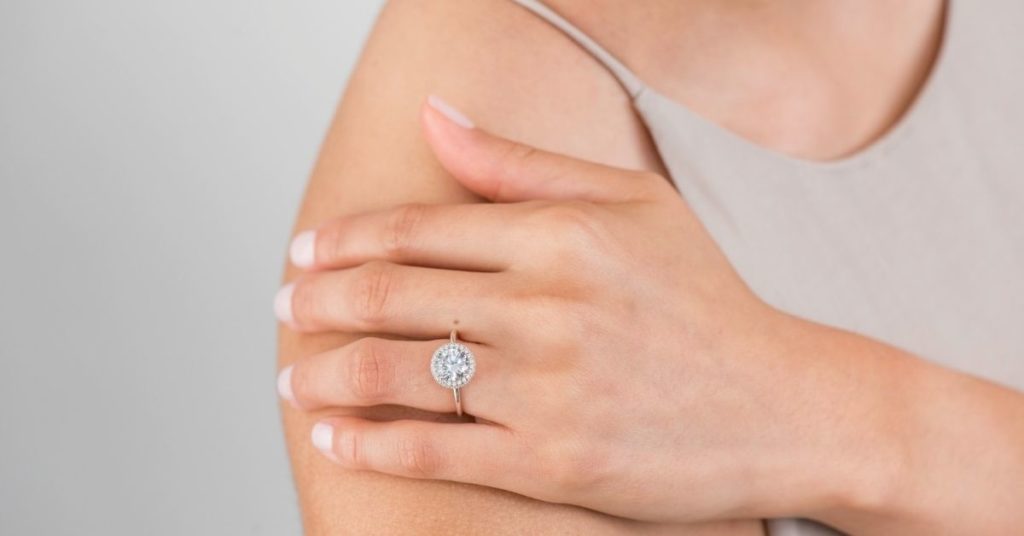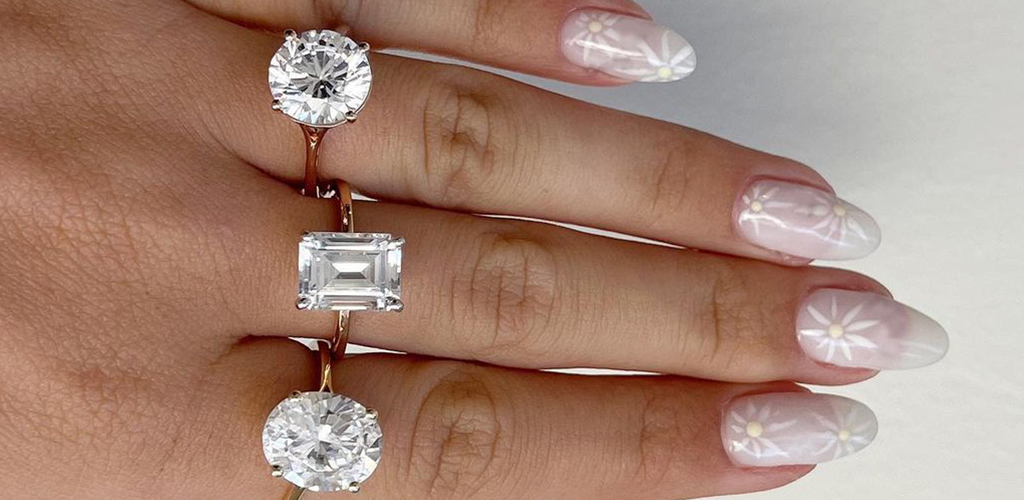In the world of diamonds, the term “carat” is frequently used, but its meaning and significance can be elusive for many. Understanding diamond carat is essential for those navigating the realm of precious gemstones. This article aims to provide comprehensive answers to common questions surrounding diamond carat, delving into topics such as how diamonds are sized, the meaning of carat, methods to ensure accurate measurement, considerations for choosing the best carat, and the historical origin of the term.
What Does Diamond Carat Mean?
The term “diamond carat” refers to one of the four key factors used to assess and value diamonds. Carat is a unit of weight specifically used to measure the mass of diamonds and other gemstones. It is an essential aspect of a diamond’s overall evaluation, along with cut, color, and clarity, collectively known as the Four Cs.

Here’s a more in-depth explanation of what diamond carat means:
- Unit of Weight:
- Carat is a metric unit of weight used in the gemstone industry. One carat is equivalent to 0.2 grams, or 200 milligrams. This standardized unit allows for consistency when discussing and comparing the weight of diamonds across the globe.
- Size Perception:
- While carat is a measure of weight, it is often associated with the size of a diamond. Larger diamonds generally have higher carat weights, and there is a common perception that a higher carat diamond is more valuable and desirable.
- Precision in Measurement:
- The weight of a diamond is measured with precision using specialized tools such as digital calipers and gem scales. Jewelers and gemologists take accurate measurements to determine the carat weight, providing a precise understanding of the diamond’s size.
- Grading and Pricing:
- Carat weight is a crucial factor in the grading and pricing of diamonds. Larger diamonds are generally rarer and, therefore, can be more valuable. However, the overall value of a diamond is determined by a combination of carat weight, cut, color, and clarity.
- Balance with Other Cs:
- While carat is an important factor, it is equally crucial to consider the other Three Cs when evaluating a diamond. The cut, color, and clarity of a diamond work together with carat weight to determine its overall quality and appearance.
- Personal Preference:
- The choice of diamond carat ultimately depends on personal preferences, budget, and the desired aesthetic. Some individuals may prioritize a larger carat size, while others may value a well-balanced combination of carat weight and overall diamond quality.
How Do You Size a Diamond?
Sizing a diamond involves assessing its dimensions and determining its carat weight. Carat weight is a measure of the diamond’s mass, and it is one of the four essential factors, known as the Four Cs, used to evaluate and classify diamonds. Here’s how professionals size a diamond:

- Measurements:
- The size of a diamond is determined by measuring its dimensions in millimeters. The three key measurements are the length, width, and height (or depth) of the diamond.
- The measurements are typically taken at various points, and the average is used to calculate the diamond’s size accurately.
- Use of Calipers:
- Jewelers use specialized tools called calipers to measure the dimensions of a diamond. Digital calipers are commonly used for precision, providing accurate readings of the diamond’s length and width.
- Calculating Carat Weight:
- Once the measurements are obtained, the carat weight is calculated using a specific formula. The formula involves multiplying the length, width, and height and then applying a conversion factor to determine the weight in carats.
- The formula is as follows: Carat Weight = (Length x Width x Height) x Conversion Factor.
- Conversion Factor:
- The conversion factor is a number derived from the specific shape of the diamond. Different shapes have different conversion factors to convert the measured dimensions into carat weight accurately.
- Gem Scales:
- To verify the carat weight, jewelers use precision gem scales. These scales are highly sensitive and are capable of measuring weights in fractions of a carat.
- The calculated carat weight is then rounded to the nearest hundredth of a carat for practical use.
- Certification:
- For added assurance and accuracy, diamonds are often sent to gemological laboratories for certification. Reputable laboratories, such as the Gemological Institute of America (GIA), assess and verify a diamond’s measurements and carat weight, providing an official certification that can be used for valuation and comparison.
How Can You Be Sure of the Size?
Ensuring the accuracy of a diamond’s size involves relying on reputable jewelers and certified gemological laboratories. Professional gemologists use precise instruments like digital calipers and gem scales to measure a diamond’s dimensions accurately. Additionally, certification from respected institutions such as the Gemological Institute of America (GIA) provides consumers with confidence in the accuracy of a diamond’s stated carat weight.
What Is the Best Carat Diamond?
The “best” carat for a diamond depends on individual preferences, budget, and the desired appearance. Larger diamonds, with higher carat weights, are generally rarer and can be more expensive. However, the best carat for any given person is the one that aligns with their preferences and budget while balancing the overall quality of the diamond. It’s crucial to consider the interplay of carat weight with cut, color, and clarity to find the perfect balance for a stunning and valuable diamond.
Where Did Carat Come From?
The use of the term “carat” in the context of gemstones dates back to ancient times. The carob seed, with its consistent weight, served as a reliable measure for traders in various cultures. The term evolved from the Greek word “keration,” meaning carob seed. Today, the carat system is standardized internationally, providing a universal measure for gemstones, with one carat equal to 200 milligrams.
Conclusion
Diamond carat is a fundamental aspect of understanding and appreciating these precious gemstones. From the historical origins of the term to the practical considerations of sizing and ensuring accuracy, a comprehensive understanding of diamond carat empowers consumers to make informed choices when selecting the perfect diamond for their needs and preferences. Balancing carat weight with the other Cs ensures a well-rounded approach to choosing a diamond that is not only a significant size but also a timeless symbol of beauty and elegance.